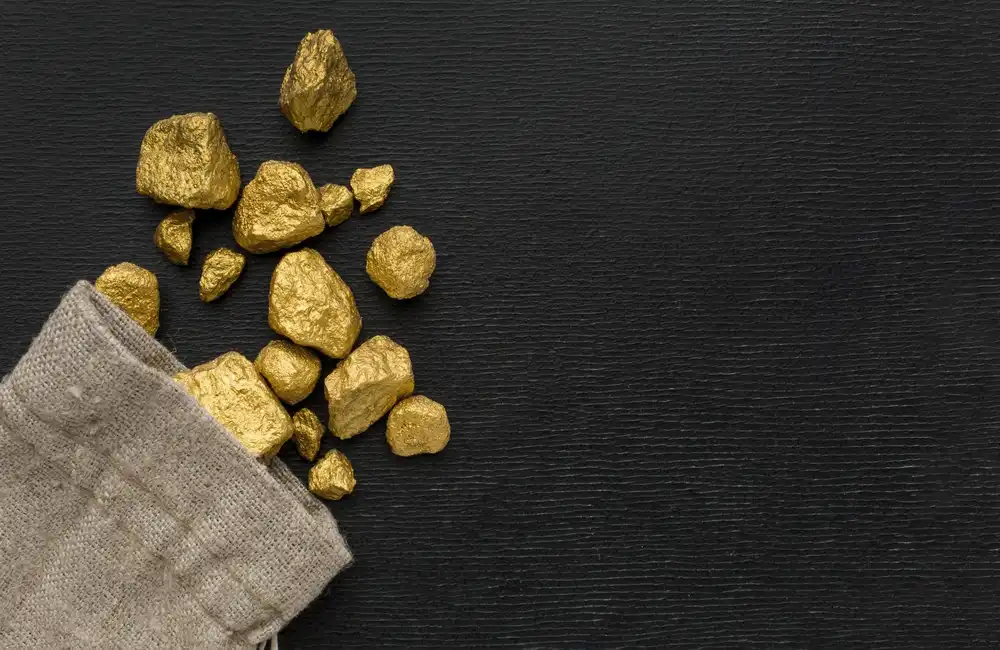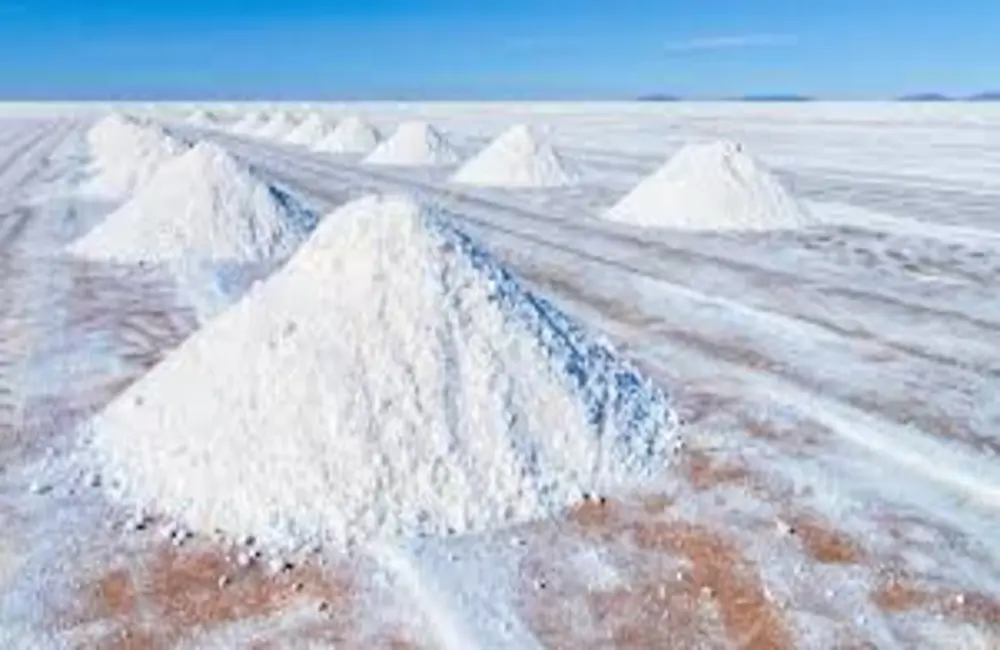Power supply alerts have been issued by authorities in several regions of China suffering from high temperatures, with a one-week blanket ban now on industrial production by the energy-intense steel and nonferrous sectors in Chongqing city, prompting associations for both the ferrous and nonferrous enterprises to seek options to reduce a disruption in activity, sources said.
Southwest China's Chongqing has ordered energy-intensive industrial firms to cease operations entirely from Aug. 17-24 and the measures are part of an emergency plan to prevent power shortages as record high temperatures grip the country. It comes after China's Sichuan provincial government ordered local industrial enterprises to suspend production on Aug. 15-20, in an official document obtained.
At the same time, Zhejiang, Anhui, Hubei, and Jiangsu provinces have warned of possible power shortages, and some industrial users have been advised to use electricity wisely.
Some industrial enterprises have suspended or reduced production, including non ferrous companies, to lessen the burden on the electricity grid as residential power usage becomes a priority, sources said.
Power generation in regions, including Sichuan as well as Hubei, Hunan, and Chongqing along the Yangtze River, has also been hit by water shortages due to extreme heat waves and low rainfall since mid-June.
It was the earliest low-water season for the Yangtze River basin in August since 1951, according to a report from the government of Hubei province.
The markets are watchful of the electricity shortages because they could widen if shortages persist.
Battery metals
Power shortages have affected lithium salts producers and downstream consumers in Sichuan province.
Producers of lithium salts have had to reduce output, in a move that could buoy prices both domestically and internationally, prices that have risen in the past several weeks.
But the halt of some cathode material and battery production in Sichuan should help rein in runaway price spikes, market sources said. Sichuan is one of the major lithium salt-producing provinces in China, responsible for about 30% of the country’s capacity. Over the past few years, Sichuan has drawn in many power battery and battery materials producers, thanks to its abundant reserves of spodumene and policies.
"The three factories we have all shut down temporarily for one week. It won’t change our export volumes in the short term since we still have some 10-12 days of inventory,” said a local producer in Sichuan. If power cuts continue for another week, the producer will reduce exports, the company said.
A second producer in Zhejiang said their output was similarly affected by tight power supply in the province after power use was limited during peak demand hours.
Power shortages have weighed on the sentiment when the market was starting to recover, according to a third producer in Zhejiang.
Aluminum
Sichuan aluminum smelters have also been hit by power shortages and have been ordered to curb output, sources said.
Guangyuan Linfeng Aluminum & Electricity Co. Ltd. and Guangyuan Zhongfu High Precision Aluminum Co. have cut output for a week starting from Aug. 14, reported the cuts earlier. It will reduce their primary aluminum production by 7,300 mt and 5,600 mt, respectively.
Bosai Group Aba Aluminium factory has already shut down production after a fire in early August, putting pressure on aluminum supply.
The production capacity of Sichuan smelters is about 1.07 million mt/year, calculation showed.
Once electrolytic tanks are negligibly powered for a period it has a longer time for smelters to restart due to technical impediments.
A smelter in the province of Shandong had also slowed output since July as high coal prices raised production costs and softening aluminum prices squeezed profit margins, sources said.
Ferroalloy
Sources said the majority of high-carbon ferrochrome producers in Sichuan have suspended production in line with the government's request, which has tempered the rate of drop in domestic prices. But the shutdown is insufficient to offset the downtrend, with demand from steel mills sluggish.
A major silico manganese producer in Chongqing is to temporarily close its two submerged arc furnaces and lower its operating rate to around 50%, with another major silico manganese producer in Sichuan also suspending production, the sources said. Some producers have already suffered losses, making it hard to seal deals, even at lower prices, so market participants are biding their time on the sidelines.
Electric arc steelmaking plants in parts of South China had also lowered their operating rates due to electricity shortages, which also may weigh on the recovery of ferroalloy demand.
Copper
Demand for copper cathodes is also weaker in Sichuan, Chongqing, Jiangsu, Zhejiang, and Anhui, as processors dependent on electricity generation have been hit by power shortages.
China's copper demand was earlier over a similar period expected to continue to improve in the coming months, thanks to increasing investment in infrastructure construction and the photovoltaic sector.
Analysts now anticipate output cuts at smelters in the provinces of Zhejiang and Anhui to affect the output of China's copper cathode in August.
At the same time, sulfuric acid, the principal copper production byproduct, has pulled back sharply in pricing over the last month as weak downstream demand forced overall inventories higher, potentially also curtailing smelters’ enthusiasm to smelt.




















